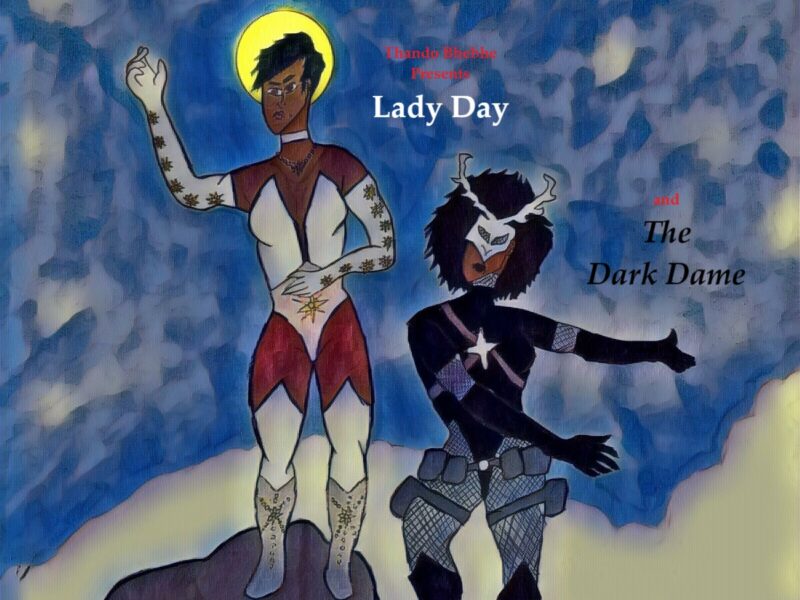Steve Noskey has experienced many things. He has seen his children grow. He has felt the bitter cold winters of northern Alberta. He has counted the erected oil drills. He has watched his land’s fertility deplete. He has seen his tribe’s population dwindle to 250. He has watched his people’s way of life disappear.
“I would not hesitate to say it is comparable to a Third World country,” he says.
Noskey, a Canadian citizen and the elected chief of the Lubicon Lake Nation, uttered these words describing the impoverished nature of his Northern Alberta settlement.
Impoverished: a word that instantly conjures images of African shantytowns or homeless children in an urban jungle. However, this word is not solely buried in these stereotyped locations. Rural Canada also hosts civilizations that have been all but disregarded in past decades. The Lubicon Cree are fighting to be seen and to be heard.
In such a vast and spacious land, it is easy to lose track of those in the most rural of areas. According to Google Maps, a grand total of one road leads to Lubicon Lake, roughly 465 kilometres north of Edmonton. Not many travel these Northern roads. The few tires that do roll across the rough terrain are as black as their incentive: oil.
Under the governing of Alberta Premier Ed Stelmach, the province boasts a new slogan: “The world’s third largest resource of oil. Yes. Responsible land use. Yes. Alberta, tell it like it is.”
Whether or not this bold quip justifies oil planning is purely subjective, as is the definition of “responsible land use.” Apparently the classification of the Cree land as a hamlet and the sales of these fragments of land are responsible.
Since the late 1970s, Alberta has been selling bits and pieces of Lubicon Nation land to oil companies, pushing the Cree further and further off of their land and further and further away from their way of life. Until the early 1980s, the Cree relied heavily on trapping and hunting small game and farming. With the introduction of oil drills came the depletion of the land. Harmful toxins now haunt the soil. Trees cut down to make room for pipelines have left the earth there barren. With no trees to hold the ground in place, all nutrients left with the wind, resulting in a soil rich only in petroleum. These toxins poisoned the moose, geese and small game like rabbits that the Cree depended upon. A trapper’s annual income went from $5000 to $400. The annual moose harvest dropped from 200 to 20 after the late 1980s. Unable to maintain their traditional way of life, 90 per cent of Lubicon Cree now live off social welfare.
Eventually the toxins began to affect the women of the tribe. Amnesty International reports that nine out of ten births there are stillborn. One third of the tribe suffers from tuberculosis. A shrinking tribe rests in depression, leaning on alcoholism and suicide.
“The Prime Minister stands up and says that Canada is the best place to live, but the government is unable to sign a land claim with our people,” remarks Noskey, voice trembling.
But the Lubicon Cree are not the only disregarded North Americans. Amnesty International, a major advocate for the case of the Lubicon Cree, tells the stories of the indigenous peoples of Canada whose tribes and struggles are invisible in today’s fast-paced world.
The Anishnaabe Grassy Narrows First Nations of Northwestern Ontario signed a treaty solidifying their agreement to share land and resources with other Canadians while ensuring their livelihood. Federal and provincial governments failed to uphold this treaty, allowing clear-cut logging. The battle rages on.
Northwest British Columbia, a gold, copper and coal hotspot, is home to Tahltan First Nations, whose lands are continuously being exploited for resources. This area is known as the Sacred Headwaters, a highly biologically diverse area. The tribe has been ignored throughout various mining projects, as has the possibility of environmental and cultural extinction.
The stories of exploitation, disregard and irresponsible land use are pervasive across the nation. Similar plotlines of dishonoured treaties overlap one another. The Lubicon Cree are slightly different; there has never been a treaty.
In 1988, the Lubicon Cree were offered a settlement that allowed development on their land but left the tribe reliant on social welfare. No compensation or reparation was offered, and the issue of ceasing oil extraction was not even addressed. The Cree declined the take-it-or-leave-it offer. Since then, the Canadian Government has had sporadic negotiations with the tribe, making no progress. They have been refused the compensation and allowance to self-govern that is needed to ensure self-sufficiency.
Despite the lack of running water, the Lubicon Cree live on a tiny piece of valuable land. The sands are drenched in and resting above the world’s hottest commodity. Oil and profit are prioritized above lives and culture. The environmental damage of 2000 oilrigs stands in the way of ever restoring the land’s natural bounty or the Cree’s traditional lifestyle.
This issue of the Lubicon Cree and their human and land rights falls beneath both the Federal and Provincial governments, hitting on sectors such as Indian Affairs, Ministry of the Environment, social services and the Ministry of Natural Resources and the Province of Alberta. With so many different powers involved, making decisions becomes complicated.
“Proposals for projects to review by multiple agencies and departments of the province and permits are granted only once environmental concerns have been addressed,” says the Honourable Peter Kent, Minister of the Environment.
Stelmach, though heavily involved with making decisions regarding oil, land development and the Lubicon Cree, declined an interview. Amnesty International is currently organizing an ongoing photo petition to send to the Premier in hopes of showing nationwide support for the Cree’s human and land rights. Recently, a group of Redeemer University College students, in partnership with Laurier Brantford students, began collecting photos for the petition. The University of Ottawa, McGill University, Algonquin College, Carleton University and Tagwi Secondary School participated heavily in raising awareness with the click of a camera.
This awareness surrounding the Cree has influenced possible parliamentary change as well. As Kent explains, these changes include recent implementation of an independent advisory panel of environmental scientists to study the ecological state and implications of the Alberta oil sands. The Government of Canada has accepted the panel’s recently released report and recommendations. Suggestions include applying an oil sand constant monitoring system with a holistic approach to monitor each spin-off of the oil sands.
Additionally, the accompanying report focuses heavily on being “transparent and accessible: an approach that produces publicly available information in forms (ranging from raw data to analyses) in a timely manner that will enable concerned parties to conduct their own analysis and draw their own conclusions and that will make the basis for judgment and conclusions explicit.”
The report is to be instated this month.
This initiative will be a stepping-stone in increasing the awareness of all issues surrounding the current Canadian concern of oil, even its impact on the Lubicon Cree. The Cree are just one example of one tribe of one country. They are not the first group of people to be disregarded for profit.
“Millions of dollars of oil are extracted from our territory, and my people are living in poverty,” says Noskey.
He watches as pieces of land continue to become less valuable to his people. Nonetheless they carry on as best as they can with their way of life. The children are taught traditional skills and told stories of their forefathers. Noskey will tell his children of these struggles, and they will also pass these stories on. Though the Cree are disregarded, their battle will not go unnoticed and will not be forgotten. At least, not by them.



